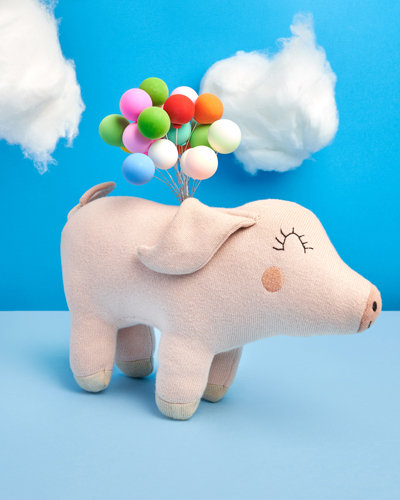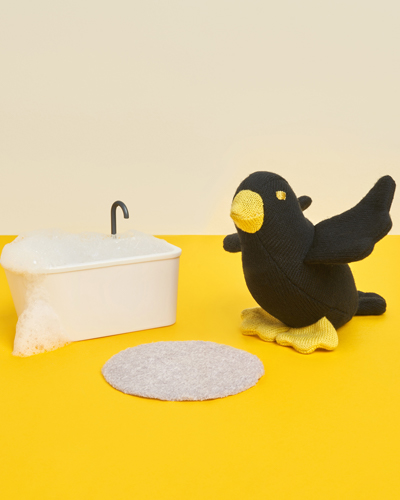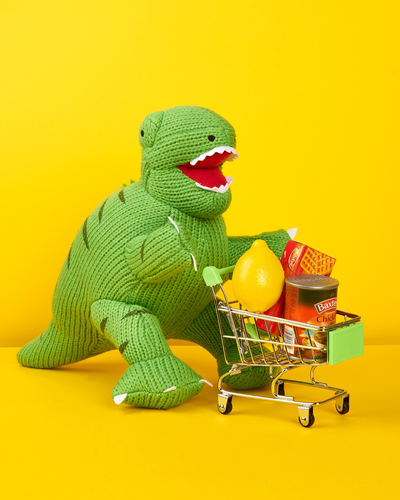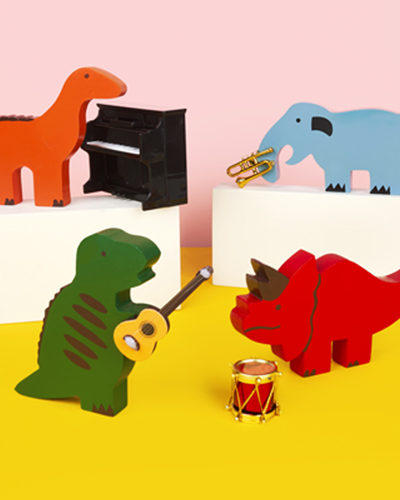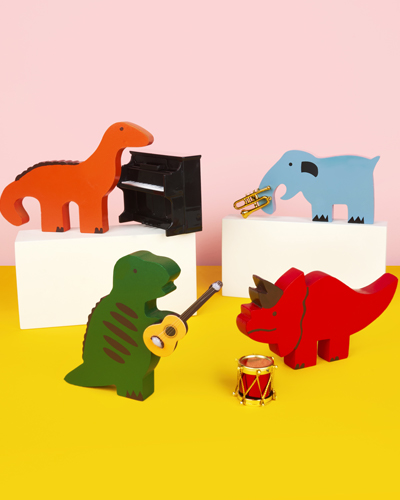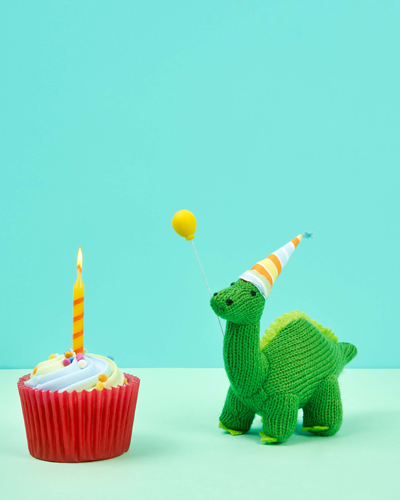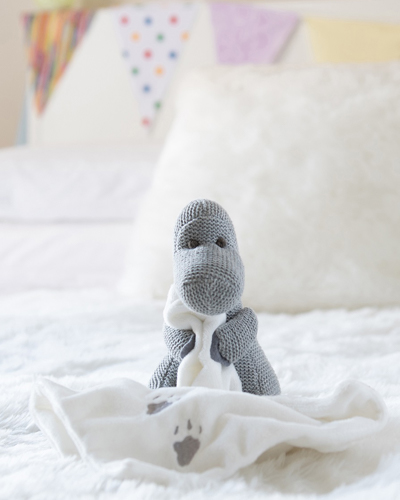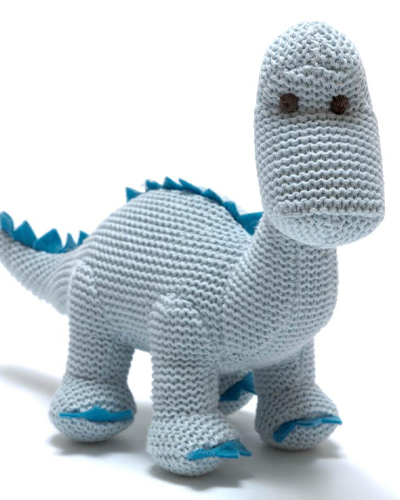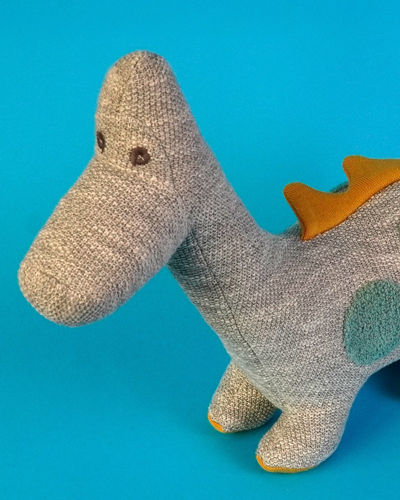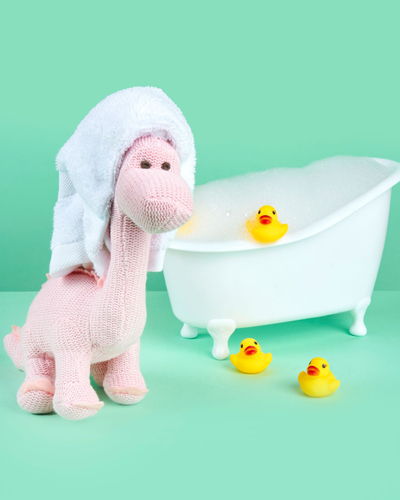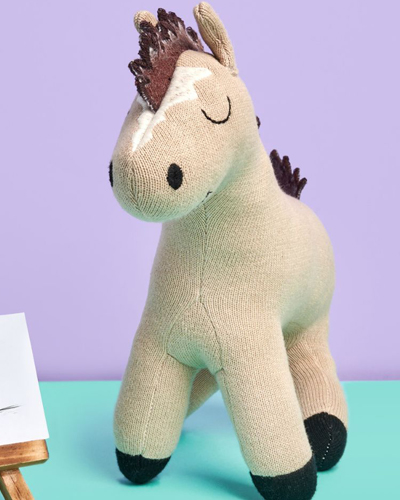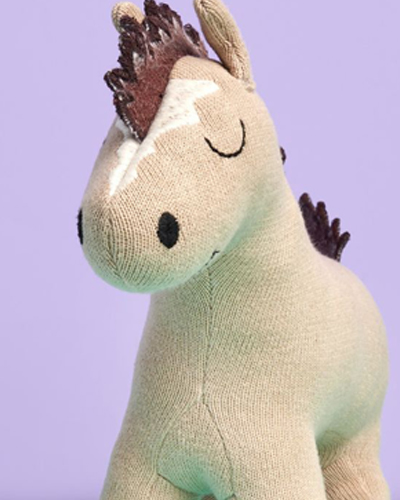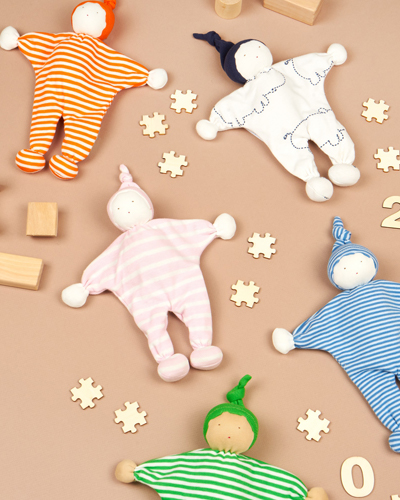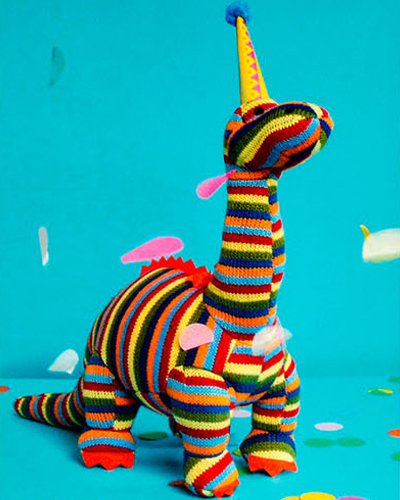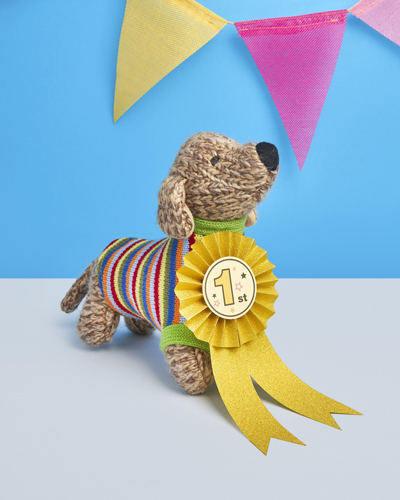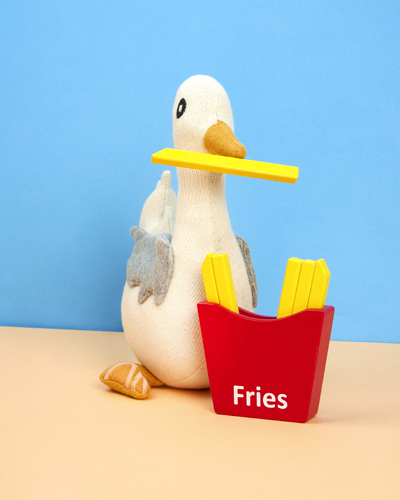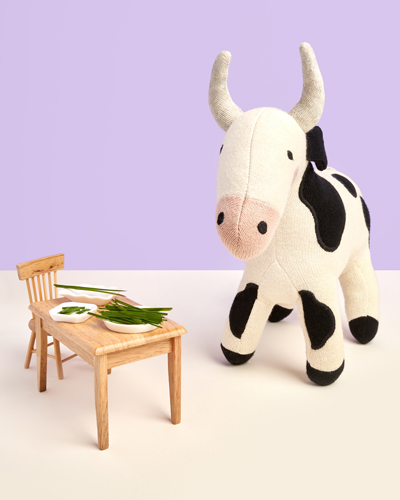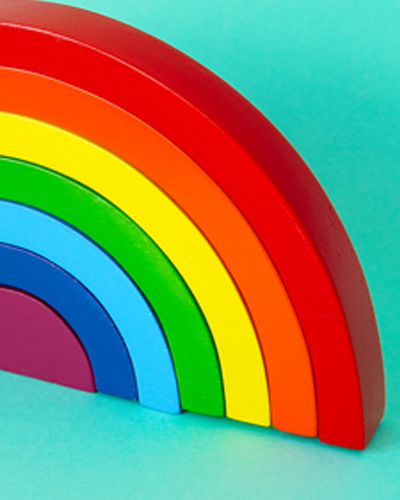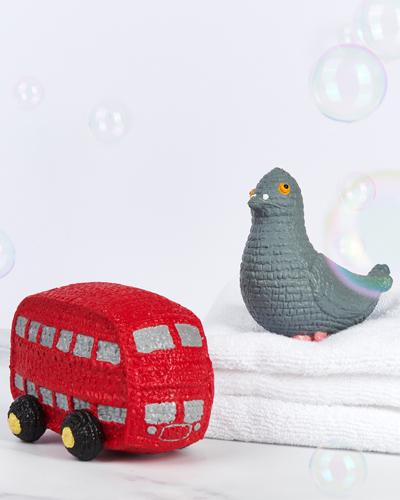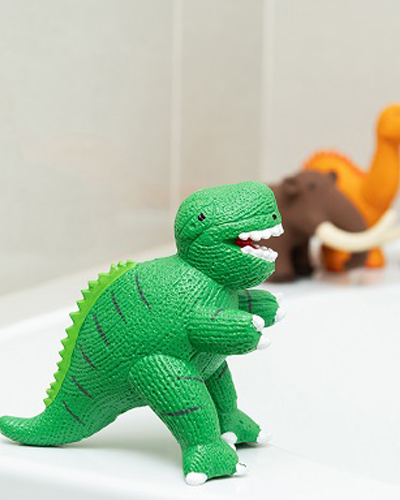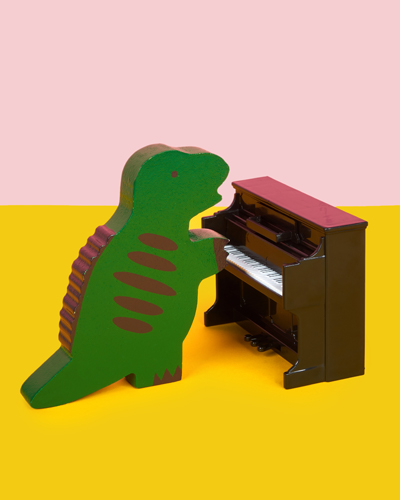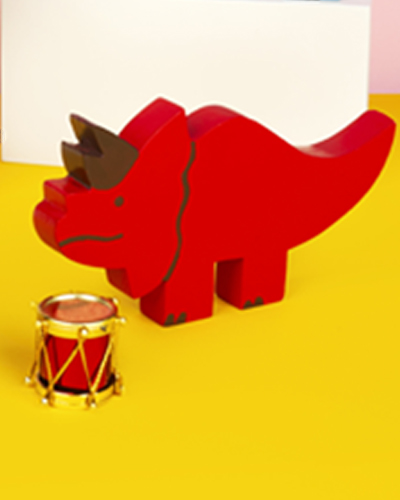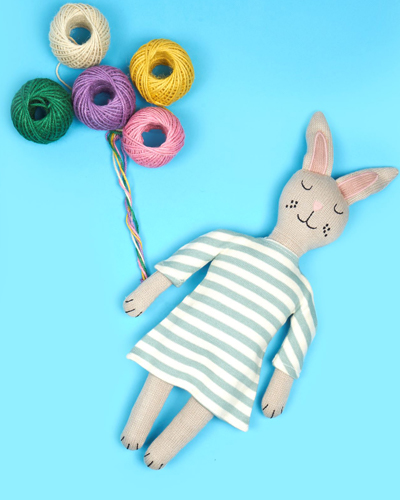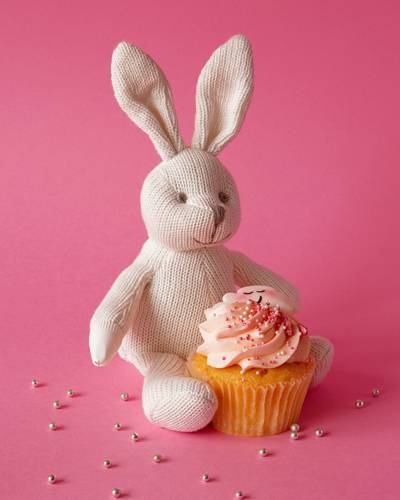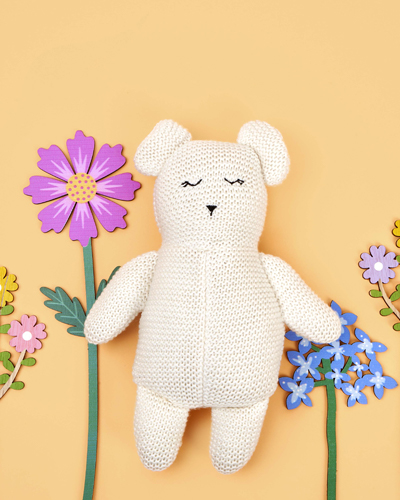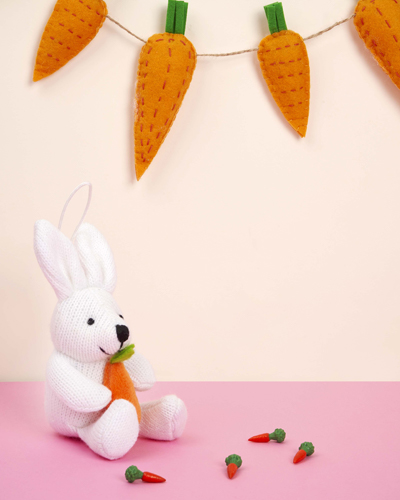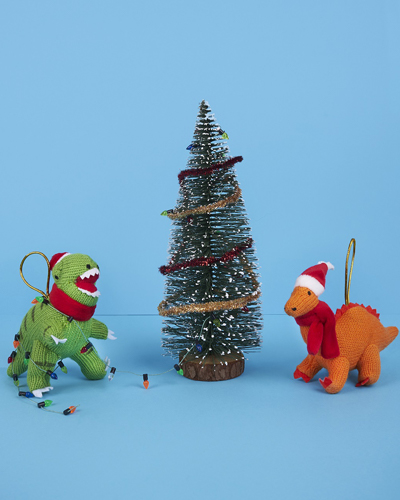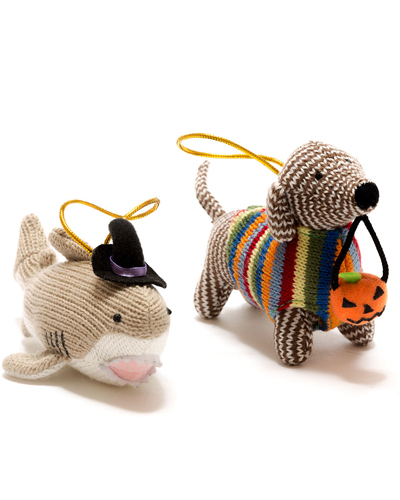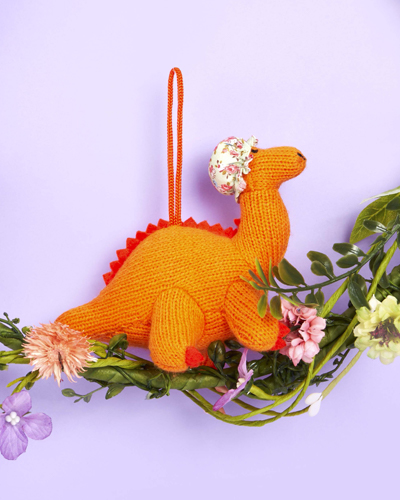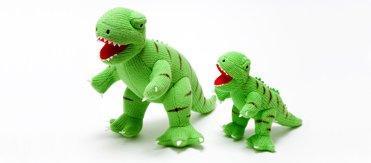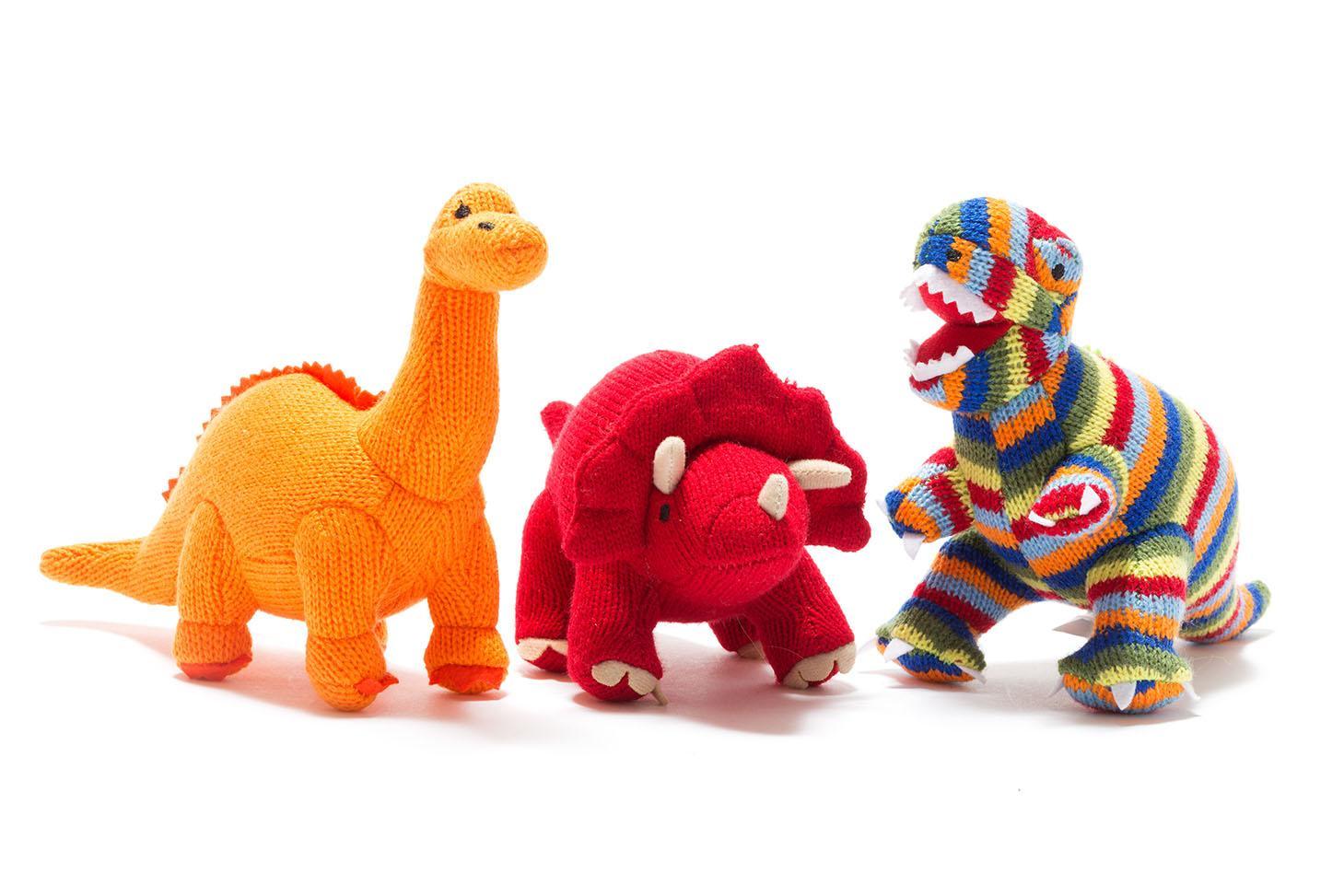At Best Years toy safety is something which comes first and last every time which is why we attend regular updates on new toy safety regulations and trends.
As a toy manufacturer it is our responsibility that every toy we make, that's everything from our dinosaur toys to our Scandi toys are safe and fit for purpose.
So first thing any manufacturer needs to know is what is a toy? That sounds like a silly question but it has caught a fair few manufacturers out. A toy is classified as a product designed or intended for use in play by children under 14 years of age. The key point is that play does not have to be the exclusive use of the product, so something like a soft toy keychain is also covered because it has a secondary play value. If a product has been designed to have “kid appeal” whatever its primary use, it should also be tested as a toy.
All the dinosaur toys and dinosaur rattles we sell are designed and manufactured to be a toy so this isn’t an issue for us but it does have a big impact on companies which, for instance, make food in the shape of toys, or gift food or keychains who now have to ensure their products comply not just to things like food standards but also toy safety as well.
The legislation we follow at the moment is the The European Toy Safety Directive. If a toy manufacturer has applied the standards laid out by The European Toy Safety Directive in the design and manufacture of their toys they will print the CE logo on the label to show that the toy complies.
Toys must satisfy the essential safety requirements of the Toy Safety Directive – there are 2 ways now that this can be done – one is going down the testing route through test houses. The other is self-certification. On the face of it self certification could sound as if its just a case of saying “Yup. Our toys are safe” but actually it is a lot harder than just testing a single item off the production line. At Best Years we have a very stable supply chain. Rather than chasing around the Far East to get the cheapest prices we have always worked with the same people going back years and years. This means that we are able to get documentation to trace the yarn we use and any other materials all the way back to the original source. This includes the dyes we use, the cotton for the crochet, the material for our knitted dinosaurs and even the thread we use for the embroidered eyes. Because we have such a close relationship with all our suppliers we can prove that the dinosaur toy has been designed to be safe, the materials used to make the dinosaur toy are safe and the way that it has been made ensures it is safe. This is the process called Self Certification. It moves the emphasis on safety away from a one off sample picked from the sewing line to be tested, to placing safety at the very core of the toy company.
We’ve been working with most of our suppliers for over 10 years and have a good working knowledge of all the requirements so for us its pretty straight forward. However it requires both an in depth knowledge of toy safety and close relationships with your supply chain plus an awful lot of paperwork to back the whole process up!
Our knitted and crochet toys are all designed and manufactured to be suitable for children from birth, which means that we ensure that there are no small part such as plastic eyes, obviously no sharp edges and that the toys can be washed by immersing them in water. You still see some toys which say “surface wash only” but to comply with safety regulations all soft toys must be able to be washed by being totally immersed in water. Anyone who has seen a child chewing vigorously on a toy and then wiping his left over food on it will understand the reason for that rule!
Toy safety is continually evolving and changing as new challenges, new processes and new toys are introduced. In order to ensure that we keep up to date with these changes we attend seminars by people such as Bureau Veritas, an accredited test house.
Last week we attended one such toy safety seminar last week. The chap who took the seminar has been in toy safety for over 42 years and he has seen many, many changes in his time! He has also seen lots of toy manufacturers being fined for toy safety issues including some very big fines but its important for both consumers and manufacturers to know that people producing poor quality toys are being caught and then pay the price for poor product development.
One of the key issues which challenge many toy makers are the use of chemicals. We now have so much more information about which chemicals are harmful and which are safe than ever before. This has been one of the biggest changes to EN71 in the past few years. We always advise new parents that before accepting dusted down toys for their baby from a kind neighbour’s attic they should remember that toy safety evolves and things which were once deemed to be safe would now be banned. There was a toy placed on the market in the 1950s that had actual uranium ore in it! Supposedly it was an educational toy but its not something which would be allowed to be sold today. And did you know that the green arms on an alarm clock used to be mildly radioactive…
A big change to the regulations over the last couple of years is all the paperwork that needs to be held for each product. There are different processes which need to be followed by manufacturers, distributors and retailers but all of them require paperwork to be held to prove that processes have been followed
- As a manufacturer we must ensure that the toy complies with essential safety requirements. Technical files, safety assessments, declarations of conformity are all part of the paperwork now required for each toy. We also need to ensure that each toy has our address, a batch code (for traceability), a product code and the CE mark.
- As an importer/distributor we must ensure that the manufacturer has all the relevant paperwork and that the product has our name and address on it.
- A retailer needs to ensure that their suppliers have the relevant paperwork available. They also need to ensure that their storage conditions and any transport they use (ie if they send the toy to someone) do not jeopardise the toy’s compliance.
Everyone in the chain has a responsibility to ensure the product that ends up on the shelf and is bought by a customer is safe.
A few bite size bits of info:
Decorative objects for festivities and celebrations are not classed as toys – therefore they do not need a warning on them. The age warning is only used when the product is classed as a toy.
All pen lids now should have air ventilation in the cap – have a look at the pen you’re using…does it have one? This air ventilation will allow the person to breathe if its accidently swallowed.
Warning on toys. Because any warning on the toy is deemed to determine the decision on the purchase of a toy (if you are buying something for a baby you need to know that it is suitable from birth) the warning must be visible to the consumer at point of purchase. This is especially important if you are selling on line. Your product description must include any safety notices or information.
There were a couple of big toy issues for toy manufacturers and for test houses in 2018.
- Slime –The issue was that how do you define slime. Is it a solid or is it a liquid as it comes in both forms and therefore could be tested in one of two ways. Since slime includes chemicals Trading Standards verged on the side of caution which generated a lot of negative press as products had to be recalled.
- Squishies – these caused a major headache with regards to age grading and several countries in the EU have banned them. They are made from specialised rubberised foam and many have scent added to make them more attractive, ie if the squishy is designed to look like a water melon, then a scent of water melon was also added. The trouble was that the foam can be picked off by little fingers and given it smells so delicious the foam quickly ended up in the mouth and was swallowed. There were warnings that the chemicals used to make the toys included some which were toxic and should not be ingested. Furthermore because children are more sensitive to chemicals that adults then continued exposure to the chemicals used in the squishy could be harmful.
Both of these toys had passed test when first designed and manufactured it was only as they became more popular that they were subjected to closer scrutiny and issues identified.
So what safety issues are we looking out for in 2019?
Smart Toys - The Government is considering regulating connected toys with regard to personal information. These are toys which are designed to connect to the internet to gibe the child an interactive experience. These “smart toys” have microphones, they have cameras and they even have recording devices. All these things store data obtained from the child and usually it is then stored in the cloud. At the moment there is no toy safety regulations as to what can be stored, for how long and where it should be stored. Given that data such as your child’s name, age, date of birth and sometimes even address are normally stored it makes sense that there should be some parameters around this issue.
Sequin plush – over the last year there has been a surge of soft toys released which are partially or completely covered in sequins. There is no doubt that these toys are attractive to children under 3 but manufacturers have been labelling them as suitable for 3+. Labelling a sequin covered soft toy as 3+ meant that the sequins did not have to pass the test for small parts (ie be small enough to swallow safely or secured on to the toy in such a way as to ensure that they could not be detached) However this is going to change as toy safety authorities release updated legislation to ensure that manufacturers test these toys to be suitable for babies. We are assuming most of these toys will fail so please check if you carry them in your shop.
Remember, never leave your small child unattended when they are playing with a toy. As it can be seen with Squishies and Slime even toys which have passed toy safety legislation can turnout to have unforeseen issues which is why its always better to ensure that your child is supervised when playing with any toy.


